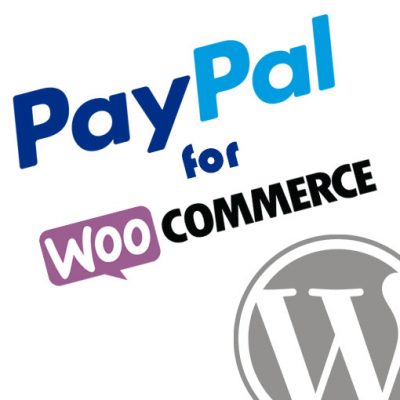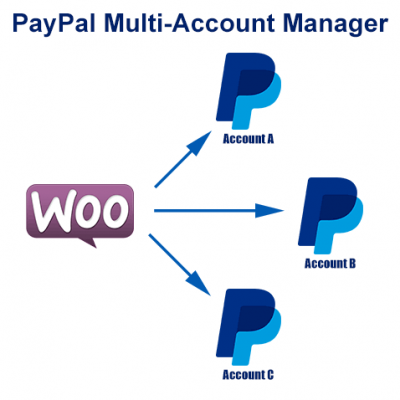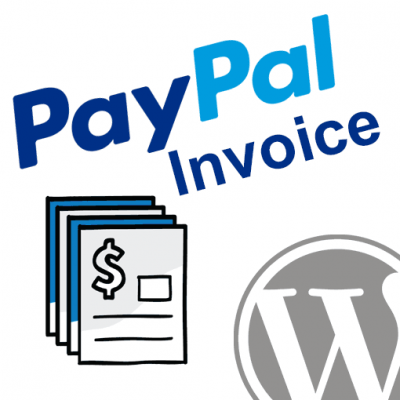Almost two decades after launching PayPal remains the most important online payment and money transfer systems on the planet, and your PayPal login is an essential tool that opens the door to a variety of digital transactions ranging from sending money to friends and making purchases to receiving funds after selling goods or services via the internet. Given its significance, protecting your PayPal login and associated bank accounts is a must. Avoiding the threat of potential hacks should be top of the agenda. Here’s all you need to know.
Why You Need To Protect Your PayPal Login
While PayPal makes life a lot easier, it’s important to accept the risks. From a fraudster’s perspective, the rewards of breaking into a PayPal account are huge. Moreover, they have the potential to scam unsuspecting users from behind their computer or smartphone screen. Leaving your account in a vulnerable position simply isn’t an option.
Protecting your PayPal login credentials should begin with setting difficult passwords and setting notifications to warn you when someone has tried accessing your details. However, the precautions must not end there.
After all, people guessing your PayPal login details is quite unlikely. The far bigger threat comes via accidentally giving your details to the wrong person.
Protect Your Logins with LastPass
LastPass is the LAST password you’ll ever have to remember! LastPass will allow you to create strong, unique passwords for all of your different accounts online, and it acts as a password manager on your computer or mobile device so it can login to sites for you. I’ve been using it for years, and I love it! Protect your accounts and solve the “I don’t know my password” problem for good!
Common PayPal Login Scams
Hackers are smarter than ever, which is why you must be aware of the common phishing and spoofing scams that are currently doing the rounds. Here are four you’re most likely to encounter.
Fake Websites
We all use PayPal to complete transactions on various websites, but we need to be careful because fraudsters use this to their advantage. They will often create fake PayPal websites that look like real, and if you login to these sites you are actually sending your credentials to the fraudster.
If a website begins with ‘http’ rather than ‘https’, it is not secure. Another issue to look for is when the URL is different to the website being advertised. After all, hackers often try to pose as real brands that you already know.
Meanwhile, pop-ups may tell us that our details need to be confirmed or are at risk. If you ever need to confirm your PayPal login details, redirect yourself to the PayPal site or App independently and do it from there.
Fake Emails
Fake emails are regularly sent to unsuspecting users. This often works in conjunction with counterfeit websites and will send you to their domain so that they can steal the details you put in. While the majority of spoof and phishing emails are caught by spam filters, some can get through the net.
Always check the address of the sender and confirm that the email is sent specifically to you and not a mass produced one. Finally, you should never provide your PayPal login details. If you receive a message that something is wrong or instructs you to login, do NOT click a link to login! Simply open your web browser and go to PayPal.com directly. Login to your account, and if there are any issues you need to be aware of you will see a notice there.
Fake Phone Calls
Scam phone calls are nothing new and are certainly not restricted to the realm of PayPal scams. They commonly use an automated voicemail (known as vishing) and inform you of an urgent matter in which you need to confirm your PIN. Don’t do it!
The only time you should provide those details is if you’ve initiated the phone conversation by calling the number on PayPal’s site. Even a legitimate phone operator from PayPal will understand your desire to call back. It’s better to be safe than sorry.
Fake Text Messages
Fake text messaging, otherwise known as smishing, is when scammers send out SMS messages to inform you that urgent action is required to rectify a problem with your account. It may even include a phone number for you to call for added ‘authenticity’. This type of scam often works in conjunction with the calls.
If you are verifying an account or specifically requesting and expecting a text from PayPal, then you can proceed as usual. If you ever receive random texts, though, or texts associated with phishy looking emails, just delete the text and go through PayPal login directly to see if you have any issues with your account.
Conclusion
When working with PayPal or any other online account, it’s very important to exercise caution when using login systems or dealing with notices about problems with the account. Just ask yourself whether you’re expecting anything from PayPal about the related notice, and if you have any questions or concerns at all, close/delete whatever notice you have received, and go to PayPal login directly. Following these standard procedures will keep you safe!
Looking for Live Help?
Schedule a live meeting with Drew Angell, PayPal Certified Developer, and get all of your questions or concerns answered.
Featured PayPal Products and Services
-
PayPal Support
$150.00 -
PayPal for WooCommerce
FREE! -
WooCommerce Multiple PayPal Accounts Plugin
FREE! -
PayPal Shipment Tracking for WooCommerce
$49.99 -
Offers for WooCommerce
$59.99 -
WordPress PayPal Invoice Plugin
$20.00 -
PayPal Webhooks for WordPress
$79.99 -
Sale!
PayPal IPN for WordPress
Original price was: $59.99.$49.99Current price is: $49.99.








how do i log in to my account
https://www.paypal.com/login
Can you tell me what has happened to your web site it is impossible to log in, why all the choices. It was much better when it was one touch. It is putting me off using paypal
PayPal has been making changes to the way their checkout works, but one-touch should still be available for you. They still have info on that here: https://www.paypal.com/us/webapps/mpp/one-touch-checkout
I have forgotten the security questions and I can’t make my password
You will need to reach out to PayPal directly so they can verify you over the phone in some other way. They can help you get that reset. I gotta say, though, if you don’t know your own security question answers then that sounds a little sketch. 😉